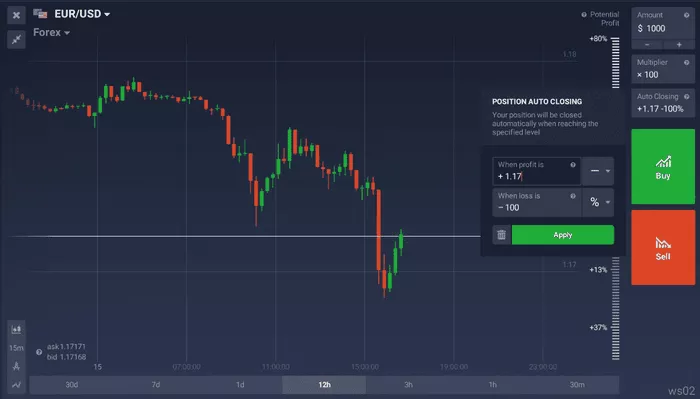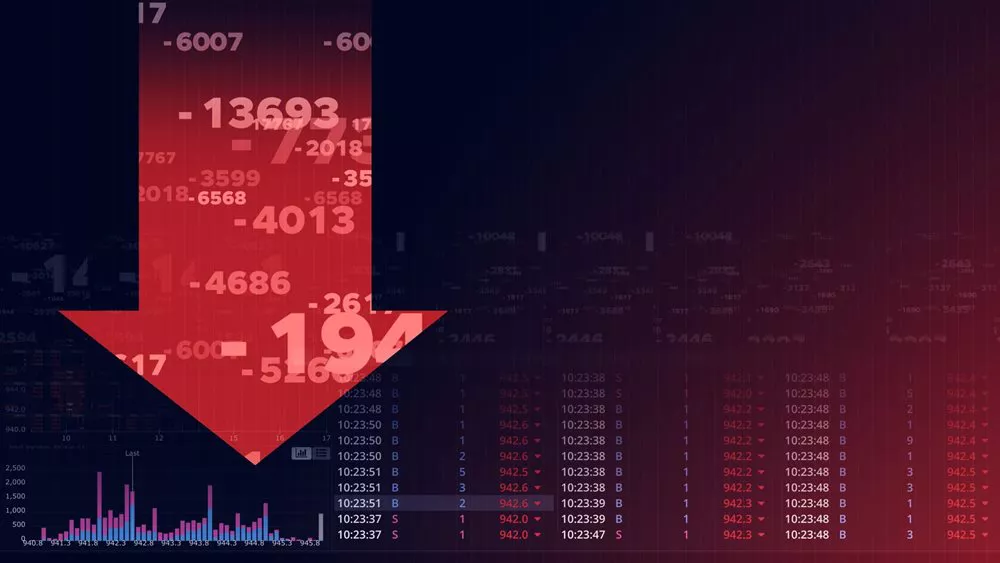Bitcoin, the world’s first cryptocurrency, has been the subject of much attention since its inception in 2009. It operates in a decentralized network and allows users to make peer-to-peer transactions without the need for a central authority like a bank. As digital currencies evolve, the concept of USD Bitcoin has emerged. This term refers to a specific use of Bitcoin where its value is tied to the U.S. dollar (USD). Understanding what USD Bitcoin is, how it works, and its significance in the financial world is essential for anyone involved in cryptocurrency trading, investment, or the broader foreign exchange market.
What Is USD Bitcoin?
USD Bitcoin refers to a trading pair where Bitcoin’s value is expressed in U.S. dollars. Essentially, it indicates the current price of one Bitcoin in terms of U.S. dollars. For example, if Bitcoin is trading at $50,000 USD, this means that one Bitcoin can be exchanged for 50,000 U.S. dollars.
While Bitcoin itself is a digital currency that operates independently of any government or central authority, it is often priced and traded in terms of traditional fiat currencies, like the U.S. dollar, because the USD is the world’s most widely used and recognized currency. USD Bitcoin allows individuals and institutions to measure the value of Bitcoin against the U.S. dollar, facilitating easier trading, investment, and valuation.
Bitcoin’s History and Its Relationship with USD
Bitcoin was created by an anonymous person or group known as Satoshi Nakamoto and has since grown into the most popular cryptocurrency globally. It operates on a technology called blockchain, which ensures the security and integrity of transactions without the need for an intermediary. Bitcoin is often seen as a store of value, much like gold, and has gained attention as an alternative investment.
In the early days of Bitcoin, it had little to no value, but as more people began to adopt it, its price steadily rose. Today, Bitcoin is priced in USD and other major currencies and is often used as a benchmark for the entire cryptocurrency market.
USD Bitcoin, in particular, is crucial because it allows for easy comparisons between Bitcoin and traditional assets. The USD is the world’s reserve currency and is used in international trade, investments, and as a benchmark for other currencies. By pricing Bitcoin in U.S. dollars, it is easier for individuals, businesses, and investors to understand Bitcoin’s value relative to traditional assets.
How USD Bitcoin Works
USD Bitcoin is primarily used for trading and investing in the cryptocurrency market. Cryptocurrency exchanges such as Binance, Coinbase, and Kraken allow users to buy, sell, and exchange Bitcoin for U.S. dollars, or vice versa. The exchange rate between Bitcoin and USD fluctuates constantly, driven by various market factors, including supply and demand, investor sentiment, and global economic conditions.
To understand how USD Bitcoin works, let’s break down the process:
1. Bitcoin and USD Exchange Rate
The exchange rate between Bitcoin and USD is determined by the market forces on cryptocurrency exchanges. The value of Bitcoin in USD changes constantly, just like any other currency pair in the foreign exchange (Forex) market. The rate is affected by various factors such as market liquidity, news events, investor speculation, and government regulations. As a result, the USD Bitcoin trading pair can experience significant volatility.
2. Trading Platforms
Cryptocurrency exchanges serve as the platforms for trading USD Bitcoin. These platforms provide the infrastructure and tools for users to exchange Bitcoin for U.S. dollars or purchase Bitcoin using USD. Popular platforms like Coinbase offer users the ability to convert Bitcoin into USD instantly, making it easier for traders to profit from price fluctuations.
3. Bitcoin Wallets
To store Bitcoin and USD, users need a Bitcoin wallet. A Bitcoin wallet is a digital storage solution that allows individuals to securely store, send, and receive Bitcoin. There are two main types of wallets: hot wallets and cold wallets. Hot wallets are connected to the internet and are used for frequent transactions, while cold wallets are offline and offer increased security for long-term storage.
Users can use these wallets to convert their Bitcoin into USD or store their Bitcoin until they are ready to sell or trade it.
4. Bitcoin Trading Pairs
The USD Bitcoin trading pair is one of the most popular and frequently traded pairs on cryptocurrency exchanges. In a trading pair, two assets are listed with their exchange rate, such as BTC/USD. Traders can exchange Bitcoin for USD or USD for Bitcoin based on market conditions. In this scenario, BTC refers to Bitcoin, and USD refers to the U.S. dollar. For example, if the current price of Bitcoin is $50,000, one BTC will be worth 50,000 U.S. dollars.
USD Bitcoin trading pairs are important for individuals and businesses looking to hedge their investments, convert profits into traditional currency, or conduct transactions using Bitcoin in a more stable format.
Why Is USD Bitcoin Important?
USD Bitcoin plays an important role in the cryptocurrency ecosystem and the broader financial markets for several reasons. Its significance can be attributed to the growing demand for Bitcoin and its use in a variety of applications, including as a store of value, a medium of exchange, and an investment vehicle.
1. Liquidity and Market Access
USD Bitcoin is widely traded, providing high liquidity in the cryptocurrency markets. Liquidity refers to the ability to quickly buy or sell an asset without causing significant price fluctuations. The more liquid an asset is, the easier it is to trade. USD Bitcoin has become one of the most liquid trading pairs, meaning that traders and investors can buy and sell Bitcoin with ease. This high liquidity helps stabilize the market and allows for more efficient price discovery.
2. Price Benchmarking
The USD Bitcoin exchange rate provides a clear benchmark for the value of Bitcoin. Since the U.S. dollar is the most widely used global reserve currency, pricing Bitcoin in USD makes it easier to compare its value to other currencies, commodities, and financial assets. It allows investors and traders to gauge the performance of Bitcoin in relation to traditional assets like stocks, bonds, and commodities.
The ability to price Bitcoin in USD helps create transparency in the cryptocurrency market, making it easier for new investors to understand Bitcoin’s value and how it behaves compared to traditional financial instruments.
3. Hedge Against Inflation
As Bitcoin becomes increasingly recognized as a store of value, some investors view it as a hedge against inflation. Inflation erodes the purchasing power of fiat currencies like the U.S. dollar, and some believe that Bitcoin’s limited supply (only 21 million Bitcoin will ever exist) makes it a deflationary asset. USD Bitcoin enables investors to convert their U.S. dollars into Bitcoin and protect their wealth from inflationary pressures, especially in uncertain economic times.
4. Global Transactions and Cross-Border Payments
USD Bitcoin is particularly important for facilitating cross-border transactions. Traditional international payments often involve currency exchange fees, bank charges, and lengthy processing times. Bitcoin, however, can be transferred quickly and at lower costs, regardless of geographical location.
By using USD Bitcoin, individuals and businesses can send and receive payments across borders without relying on banks or financial institutions. This makes it easier to conduct global business, especially in countries where access to banking services may be limited.
Risks and Challenges of USD Bitcoin
While USD Bitcoin has many benefits, there are also risks and challenges associated with its use. These risks should be carefully considered before investing or trading Bitcoin.
1. Volatility
One of the primary risks associated with Bitcoin is its price volatility. Bitcoin is known for experiencing significant price swings, which can result in substantial gains or losses for traders and investors. While this volatility can create profitable opportunities for experienced traders, it also makes Bitcoin a risky asset to hold long-term. The value of USD Bitcoin can fluctuate dramatically in a short period, making it difficult for individuals and businesses to predict its future value accurately.
2. Regulatory Uncertainty
Cryptocurrencies like Bitcoin face ongoing regulatory uncertainty. Governments around the world have different approaches to regulating Bitcoin and other cryptocurrencies, ranging from complete bans to full legalization and integration into the financial system. Changes in regulations can have a significant impact on the value and use of Bitcoin. For example, if a major country were to impose strict regulations or ban Bitcoin entirely, the price of USD Bitcoin could plummet.
3. Security Risks
Although Bitcoin transactions are secure due to blockchain technology, there are still risks related to cybersecurity. Bitcoin exchanges, wallets, and other platforms can be vulnerable to hacking and fraud. Users who do not follow proper security practices (such as using strong passwords, enabling two-factor authentication, and using secure wallets) risk losing their Bitcoin to cybercriminals.
4. Market Manipulation
The cryptocurrency market is still relatively young and is subject to manipulation by large players or whales who hold significant amounts of Bitcoin. These individuals or institutions can influence the price of Bitcoin by buying or selling large quantities, causing sudden price fluctuations. This makes the market more susceptible to price manipulation, which can create a sense of uncertainty for smaller investors.
Conclusion
USD Bitcoin has become an essential element of the cryptocurrency market and provides individuals and businesses with a convenient way to trade, invest, and store Bitcoin in relation to the U.S. dollar. By offering liquidity, price benchmarking, and cross-border transaction capabilities, USD Bitcoin plays a crucial role in the global financial ecosystem.
However, like any financial asset, USD Bitcoin carries its own risks, including volatility, regulatory uncertainty, and security challenges. Understanding these risks is essential for anyone looking to invest in or trade USD Bitcoin. As the cryptocurrency market continues to evolve, USD Bitcoin will remain a central component of the digital economy, offering new opportunities and challenges for investors, traders, and businesses worldwide.
Related topics:
























